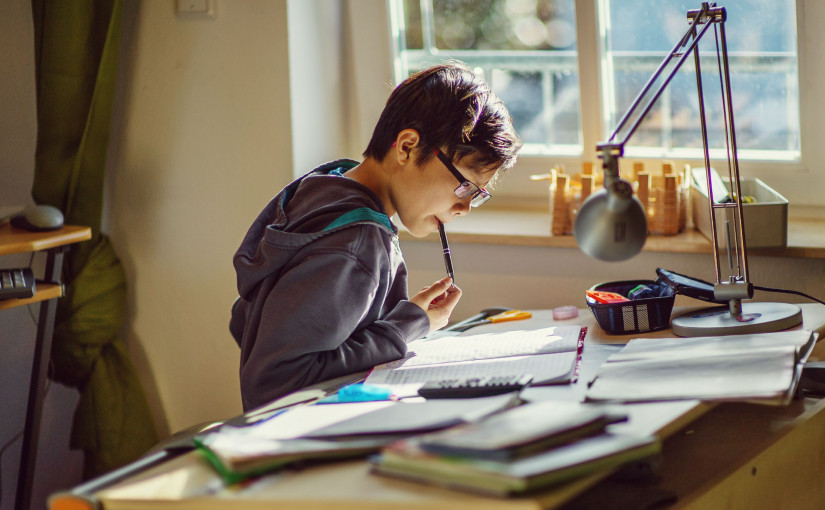Vital Tips For Helping Your Child Succeed At Home School
Depending on where you live in the US – or in the world for that matter – back to school this year could look very different to normal. While we all hoped that the pandemic would have died down enough by now for normal service to have been resumed, the truth is simply that is not the case. This means your vital guidance for your kids as they adapt to either a fully at-home school semester, or some sort of hybrid system, is going to be even more important now than it was when schools first shutdown back in the spring.
Part of this mentor status is going to be putting your child in a position to succeed in his or her studies. One easy thing to get wrong Is the workspace that they are allocated. It is important to get that workspace in a consistent environment that is away from distractions and that feels like a separate space from where the child would usually watch TV or play video games. This draws a line in the sand as to when it is school time and when it is play time.
The biggest mistake, however, is one that is easily fixable and that is the make-up of your child’s desk.
While sticking your child at the end of the dining room table may seem like a good solution, you will find you get far more productivity out of the school day by having an actual desk. The key here is to make sure the desk and chair setup is the correct height to provide the best learning experience.
According to occupational therapist at the Children’s Hospital of Philadelphia Todd Levy, “If our feet are hanging, it’s not good for circulation, and if they’re able to swing their legs, it can be distracting. If needed, put a game box or something solid beneath them.”
Levy also notes that being flexible with your child taking breaks to change position is important. This is especially true for younger children who will need vital guidance about how and when to work as they are distracted so easily. Consider using an exercise ball for periods as a seat instead of a traditional desk chair as the extra movement your child gets will keep them more focused while also giving those core muscles a workout. An option for a desk that converts into a standing space is also a good idea if possible as the transitions between sitting and standing will both give them more focus and also make sure their posture isn’t ruined by sitting at a weird angle all day long.
Making school feel like school is important. This includes the desk space but also carries over to other areas. Having an area to store supplies – be they textbooks or crafting items – will make home feel more like school. A backpack is an ideal item for this as you can have them grab it and carry it around the house – or even down the street – at the beginning and end of the day to create the illusion of school while keeping their supplies all in one place.
Cellphone use is a tricky one. The social aspect of school needs to be maintained but have them do this during breaks in the studies rather than giving phone access the entire day. “Have time scheduled and a separate space where students can stay connected with their friends to keep those social connections,” says Levy. “But it’s really important to keep devices that aren’t related to school away from the workspace.”
Other aspects to take into account include the lighting of the space – especially if they are working in a den or basement area – and letting your kids decorate their ‘school’ as they see fit. Making the stand-in study location somewhere they are comfortable – and that they want to visit – will result in fewer arguments over the time they are spending studying over the course of the school year.
Article by Vital Guidance






